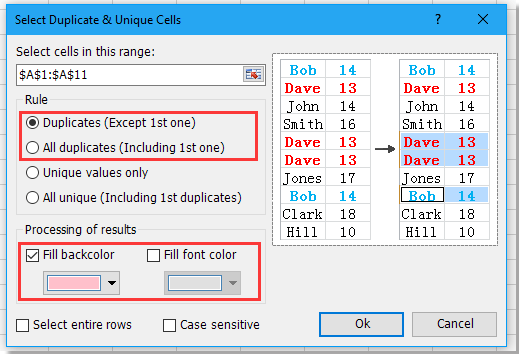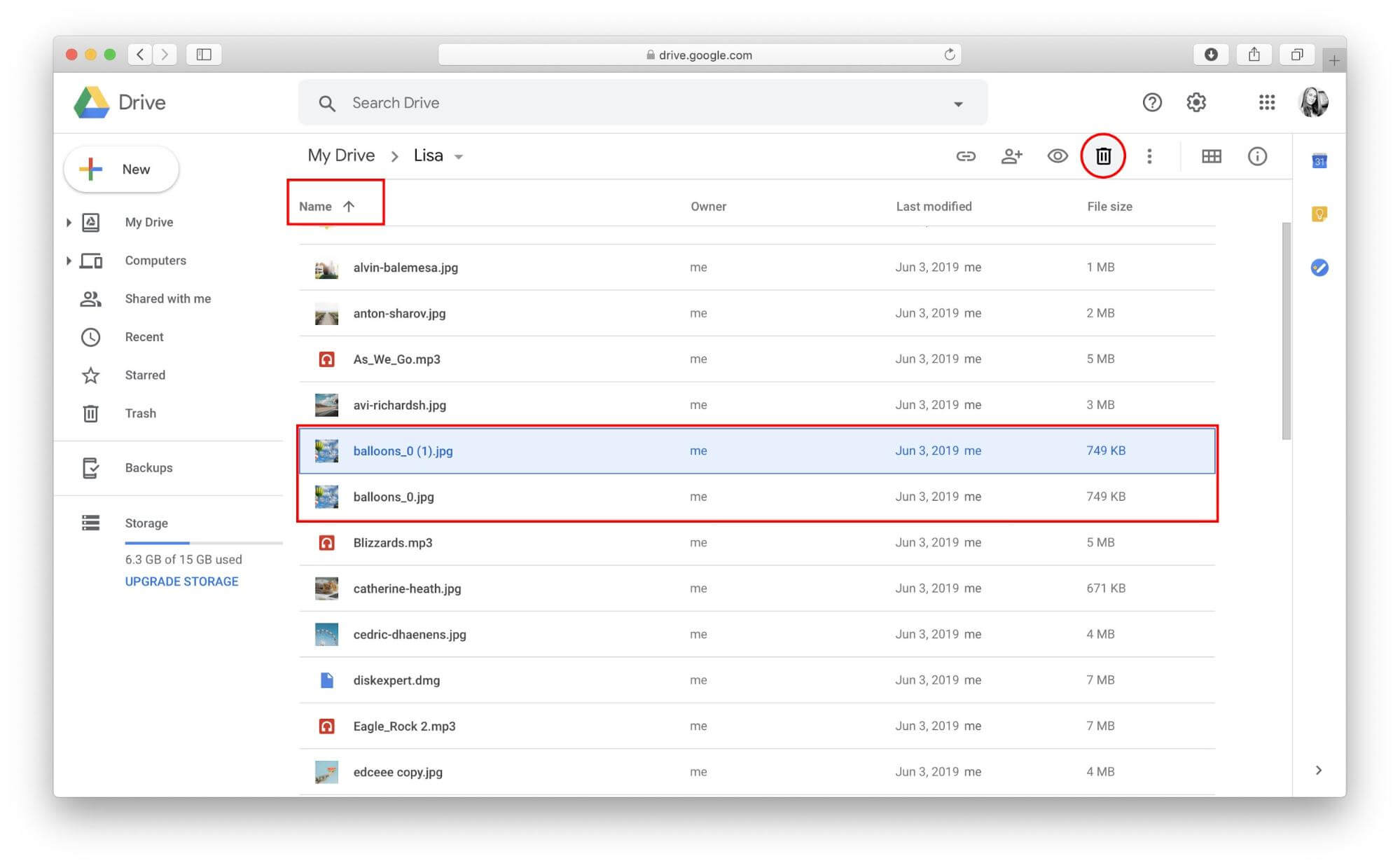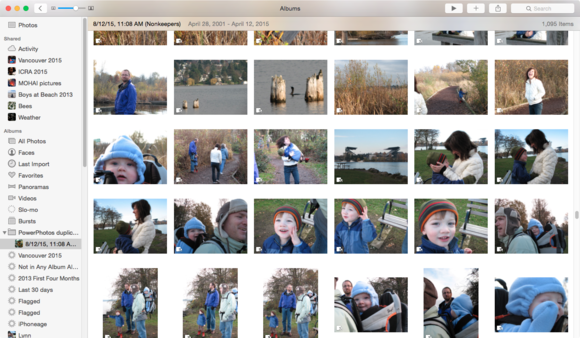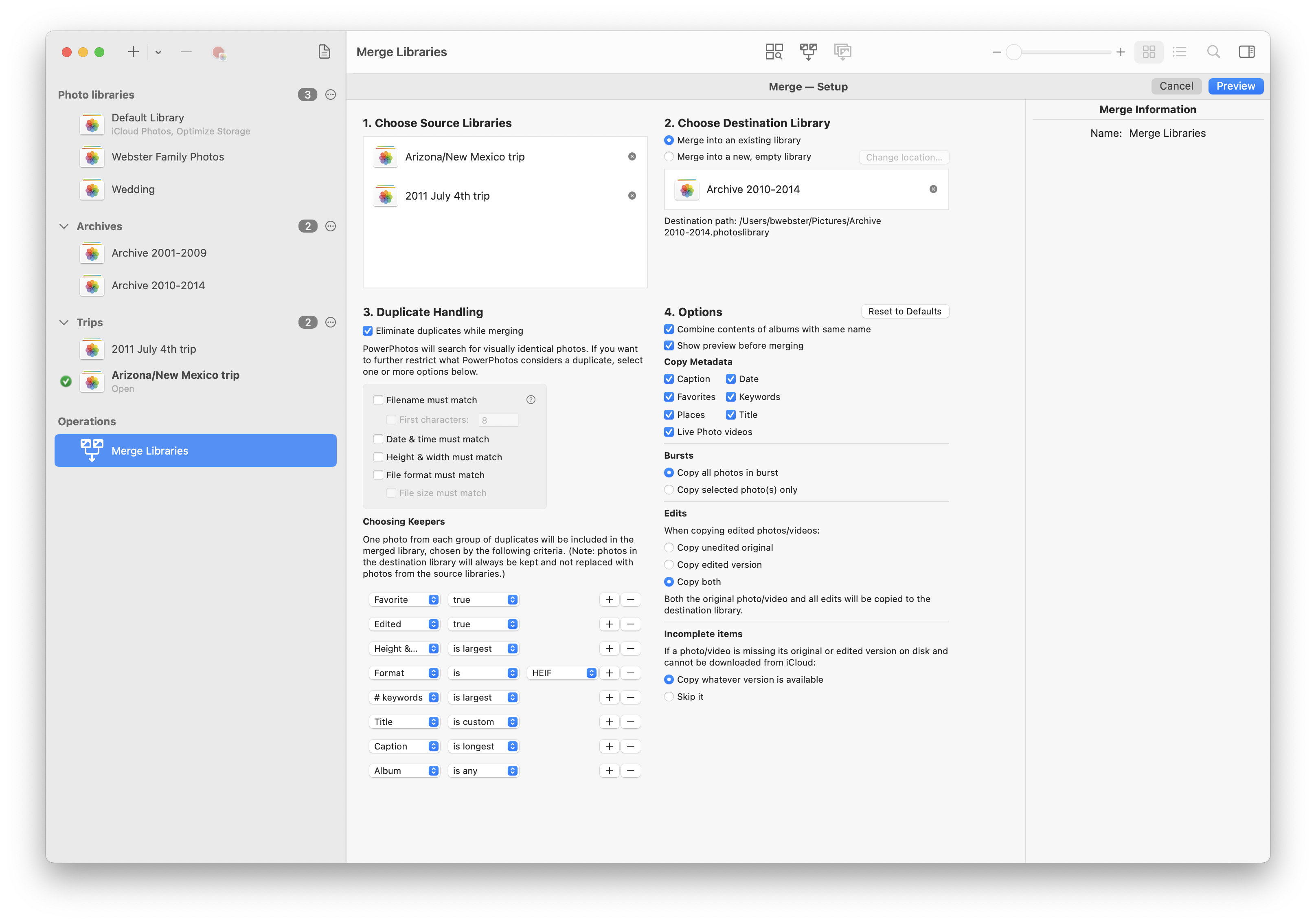
When you’re done reviewing and click Apply, instead of deleting the files or moving them to the trash, the images are placed by default into a special duplicates album, which you can then review in Photos to dump into the trash. The Find Duplicates feature allows exact image matching or matching against a combination of file name and date. If not, you can switch which image in a set you want to be the “keeper,” or discard the match entirely, among other options. Once the pass is complete, you can review pairs or multiples of images and make sure your matches are correct. Find an index of duplicate elements in list Python Example Simple example code.
#Powerphotos find duplicates mac#
Or, you can opt for filename and date, which includes minor variations in filenames commonly used with duplicates.Įven with my huge library and using exact matches, it only took about 20 minutes on a 2014 Mac mini while I continued to work on tasks in other apps. Comparisons can be based on the content of an image (Exact Match), which looks for byte-for-byte identical versions of either the original image or any modified version you’ve stored.
#Powerphotos find duplicates how to#
The app gives you several choices for deciding how to let it identify duplicates, including excluding hidden photos, images marked with “duplicate” in the keyword field, and photos that it’s already placed in a special album. PowerPhotos found over 1000! If you have multiple Photos libraries, you can scan across them, too.Īn image deemed to be a duplicate that should be discarded can be swapped to be the one kept, among other operations. I apparently have 43,169 photos in my master Photos library, and I hadn’t spotted many duplicates in my perusal. Once you have Photos libraries migrated or created, you can use PowerPhotos’ duplicates feature ( File > Find Duplicates). You can read about this step in “ Deleting your duplicate photos”.PowerPhotos’ Find Duplicates feature creates an album with all the images marked as duplicates that you accepted. You can read about this step in “ Choosing keepers with duplicate rules”.Īfter choosing which photo(s) you want to keep from each group, the rest will be marked to be trashed. A bunch of built-in duplicate rules are included with PowerPhotos, or you can create your own custom duplicate rule. You can customize how keepers are chosen from each duplicate group by choosing a duplicate rule, which will look at various attributes of the duplicate photos and choose one of them based on those attributes. Next, PowerPhotos will choose a keeper from each duplicate group. These groups will be shown to you in PowerPhotos’ duplicate browser. Merging creates one image with the best quality of all the copies and includes all the metadata. Click Merge X Items to merge a group of duplicates into a single image. If your Mac has found any duplicates, they will be arranged by date in this folder.

Each duplicate group contains two or more photos which have been identified as duplicates of one another. PowerPhotos can analyze your libraries for duplicate photos, showing them to you side by side and letting you get rid of extra copies of photos that you no longer need. Open the Photos app and select the Duplicates folder from the sidebar.


The result of the analysis is a list of duplicate groups. Once you start the duplicate finding process, PowerPhotos will perform an analysis of your photos and try to determine which photos are duplicates of each other. You can read about this step in “ Starting the duplicate finding process”.

The first step is to tell PowerPhotos what libraries you would like to search for duplicate photos, and how you would like it to compare photos to determine whether they are duplicates or not. Using the Find Duplicates feature in PowerPhotos consists of three main steps.


 0 kommentar(er)
0 kommentar(er)
